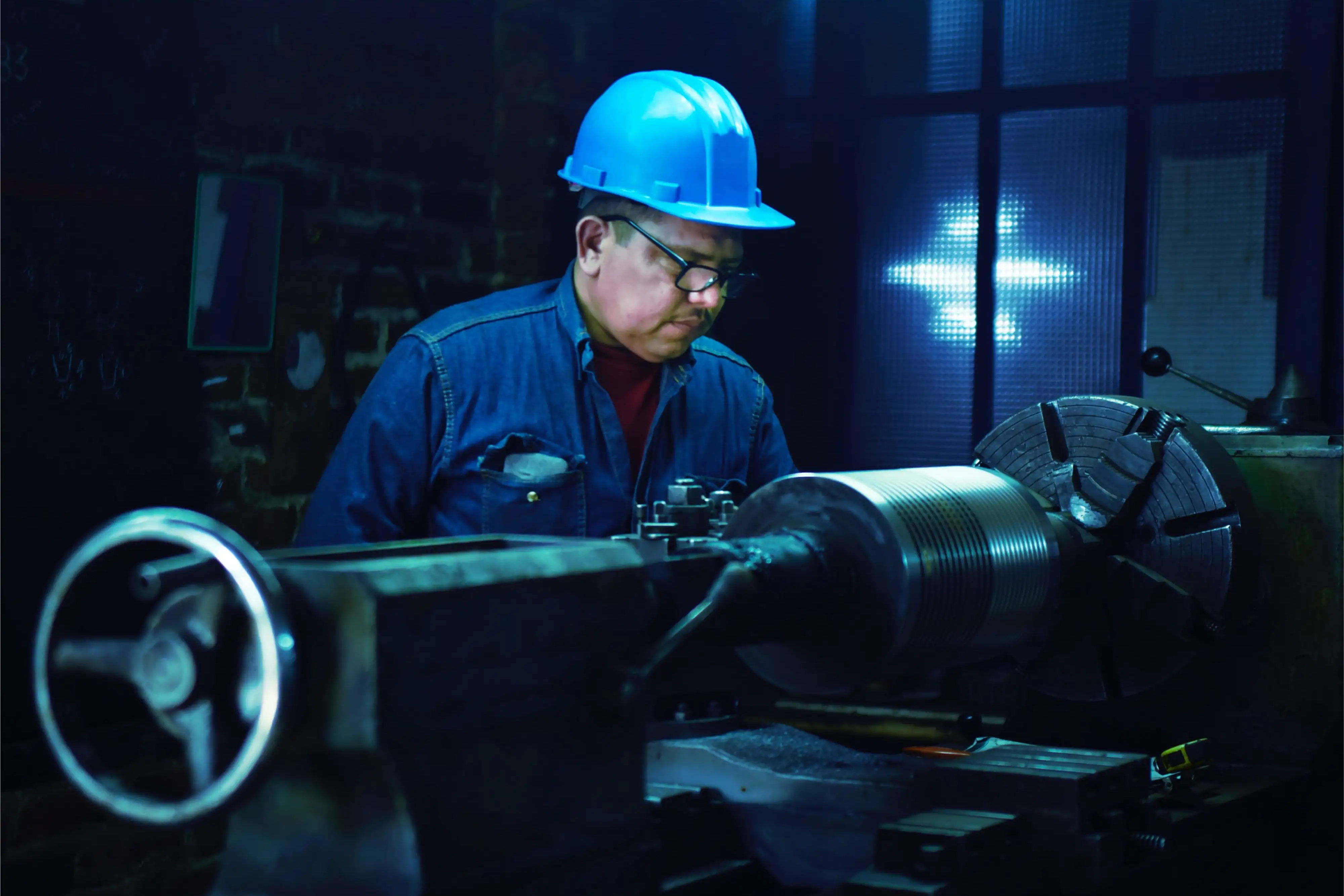Digitalising the data capture systems of a chain of manufacturing plants, allowing them to easily gather, store, and retrieve it for analysis. The goal was to move on from an outdated on-premises energy management system to one that allowed real-time monitoring.
Manufacturing is primarily an efficiency-driven industry. Every machine growing cold when off requires time to build up to the necessary temperature levels when restarted. Simultaneously, idling machines also lead to an increase in a plant’s energy consumption. In order to achieve peak optimisation, a strong data chain needs to exist between customer orders, maintenance teams and the factory floor.
PGP Glass Private Limited, which is a global specialist in the design, production and decoration of glass packaging (flaconnage), understands this balance all too well.
We found that the company’s operations were working alongside their data, but not always in tandem with it. Thus, PGP Glass approached us looking for a better way to manage the critical data being generated at their India-based manufacturing plants, located in Kosamba and Jambusar, Gujarat.
Consulting phase
At the time, PGP Glass were using the on-premises energy management system (EMS) from Schneider Electric for both their plants. This was a wired system, with all the sensors connected to a server, and software installed locally at each plant. Effectively, both plants were working in silos instead of sharing vital information.
Additionally, local storage on the server’s energy management system was limited. This made it impossible to save older data archives conveniently, an essential component in the benchmarking process for various loads, processes and assets. Forcing legacy data was PGP Glass’ only option, with users having to access hard drives onto which this data had been downloaded, making this an inefficient and unnecessary step. Further, the hard drives were only accessible via a single desktop on the premises.
Regular energy management reports were also handicapped by the data limitations, with the company unable to garner any insights into its daily Specific Energy Consumption (SEC), as well as being unable to customise for specific visualisations of various KPIs. It was crucial to measure the SEC for natural gas, power, as well as compressed air.
Lastly, in the glass industry, compressors play an important role in the production process, working out to around 40 percent of the energy costs. We had to find a way to improve their efficiency and reduce downtime.
Technology implementation
Our primary course of action was to migrate the EMS from on-premises to the cloud using our flagship product, SmartSense. Doing this meant integrating their existing Schneider energy meters with newly installed wireless IoT gateways, allowing operations data acquired to be uploaded to an AWS cloud-hosted platform.
When we first connected to the company’s existing systems, we found that their sensors were outputting raw data with junk values. Left unchecked, these would invalidate any analytics attempted, because of numerous inaccuracies. We employed SmartSense to clean up the data using proprietary algorithms.
Next, we created customised dashboards so that multiple users could visualise and analyse the data at any given time, a task which was earlier impossible given the limitations of the company’s hardware-based system. An automated reporting system was developed as well, customised for each department, completely eliminating the need for manual data compilation.
At the company’s request, we also implemented a hybrid solution (Local + Cloud) with a local monitoring system in place, to view current data between report generation windows, allowing for more granular monitoring of systems.
Program management
Getting the teams at PGP Glass to adopt our systems was proving difficult, because of the learning curve involved. To eliminate this problem, we also provided the company with a dedicated resource to run the program.
Impact reporting
First, we connected 1,100 sensors from the two plants to track the energy consumption and production data. With the data being uploaded on SmartSense through integration with SAP, it was now possible for PGP Glass to track Specific Energy Consumption (SEC) at their factories.
Using this data, we were also able to pinpoint over 20 cost centres across departments. As such, the Management Information System was completely automated, with 20+ reports including calculated KPIs going to multiple user dashboards every morning. Customised energy reports are now generated on a monthly and yearly basis. With all of this in place, unproductive hours originally budgeted for reporting could instead be used to engage skilled manpower in crucial jobs where they were required.
We also used SmartSense to carry out condition-based monitoring of the compressors, tracking their health and efficiency and avoiding unnecessary downtime.
With the overall hybrid monitoring system in place, users would also now be able to keep an eye on operations between scheduled reports. A local system allows users to track operations data on an immediate basis, and also communicates the data to the SmartSense platform, allowing them to switch off non-critical loads in the event of power disruption.
Lastly, the success of our pilot project offering the services of a semi-dedicated resource has emboldened Ecolibrium to further the initiative. We now offer clients the option of having a dedicated program manager as part of the services we offer. The experience has displayed that for clients to receive the greatest benefit from our work, we need to help them acclimate to the new systems at a base level. Instead of a reliance setup, however, we aim to teach users how to run their new and empowered systems on their own, allowing them to better scale up in the future.
Conclusion
- PGP Glass’s energy KPI tracking is now completely automated
- Real-time tracking and analytical reports have resulted in a significant reduction of energy losses
- Thanks to automation, less manpower is required for mundane tasks like monitoring and report generation

